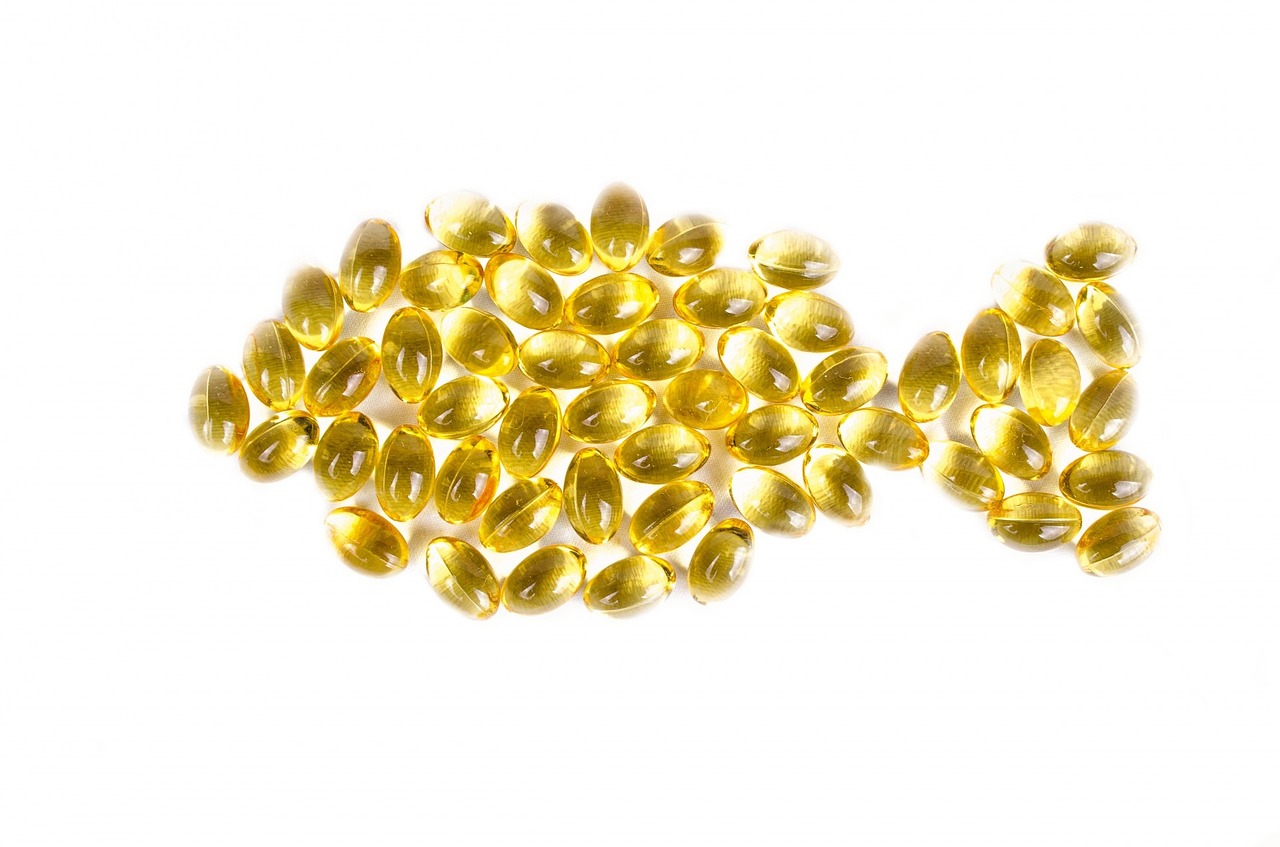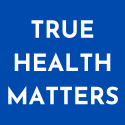Omega-3 fatty acids are an essential component of healthy-human function, and have recently been found to positively influence fertility. Individualized Omega-3 fatty acid evaluation and instruction should be considered for those trying to conceive; especially in couples experiencing infertility and reproductive-related issues.
The Role of Omega-3 Fatty Acids
Over the past several decades there has been a strong focus on the complementary aspects of omega-3 fatty acids (Omega-3) and their many health benefits.
Omega-3s are an important group of polyunsaturated fatty acids that play an integral role in cellular structure and function within the body.
Omega-3s are anti-inflammatory in nature, and they are known to promote healthy heart and vascular function by decreasing abnormal cardiac rhythms; decreasing clot formation and supporting vascular dilation.
Two Dietary Omega-3 Categories
The body can not create Omega-3s on its own, and these important fatty acids must be obtained through diet or supplemental support. Thus, a thorough understanding of the foods that contain omega-3s is essential for those attempting to optimize their overall health; and there are essentially two main dietary categories from which one can obtain omega-3s.
The first category, also known as marine fatty acids, include the omega-3s eicosapentaenoic acid (EPA), and docosahexaenoic acid (DHA), which are found in certain types of fish and algae.
The second category includes the omega-3 Alpha-linolenic acid (ALA), which is found in seeds (chia seeds, flaxseed, hemp seed), certain oils (perilla oil, algal oil), greeny leafy vegetables (brussel sprouts), nuts (walnuts), and beans (soybeans).
Omega-3 Fish Oil Provides Multiple Health Benefits
It has been well established – for quite some time – that omega-3s have significant health benefits, including:
- Reducing the risk of sudden death
- Decreasing all-cause mortality
- Lowering serum triglyceride levels
- Improving blood pressure
- Relieving pain and stiffness related to rheumatoid arthritis
- Promoting cognitive function in mild Alzheimer’s disease
As an example of Omega-3’s remarkable health benefits a study of 11,324 patients with known coronary heart disease found a 45% reduction in sudden death and a 20% decrease in all-cause mortality in those given omega-3 supplementation.
From a female perspective, omega-3 supplementation has been shown to have additional benefits.
For example, in studies omega-3 supplementation has been associated with a reduction in the risk of breast cancer. And a recent 2019 study by Ricvan et al. reviewed over 11 studies and nearly one-hundred thousand patients to ultimately conclude omega-3 fish consumption had an overall protective effect against breast cancer in Asian women.
In addition, omega-3 intake during pregnancy has been shown to have both fetal and maternal benefits. It is well known that omega-3 intake is critical for fetal brain, eye, and immune development during pregnancy, and is an important part of perinatal nutrition. In addition, one review study revealed omega-3 supplementation in pregnancy was associated with a decrease in preterm birth; possibly a reduction in perinatal death and neonatal care admissions; and a reduced risk of low birth weight infants. It has also been shown to be associated with mood disorders in pregnancy as women with higher levels of depression had lower levels of omega-3 dietary intake.
Importantly, omega-3s are considered a safe form of complementary medicine as these supplements have no significant drug interactions, and have very few documented side effects. Listed side effects include – a fishy aftertaste; gastrointestinal issues; potential bleeding issues; elevations in certain types of cholesterol; and a potential for environmental contamination when consuming certain types of fish.
Omega-3 Intake Significantly Improves Fertility
Based on recent studies, the benefits attributed to omega-3s can now be expanded to include supporting healthy fertility.
A 2022 study by Salas-Huetos et al. published in the American Journal of Obstetrics & Gynecology confirms the importance of omega-3 support in those desiring fertility.
The study evaluated the outcomes of over two-hundred infertility couples undergoing 410 assisted reproductive cycles, and their reported dietary intake of omega-3 fish oil.
The study also evaluated the potential impact of omega-3 dietary intake on male factor infertility by analyzing a remarkable 900 seminal fluid studies submitted by 343 different men.
The authors found that a woman’s DHA and EPA dietary intake was positively associated with live birth rates, and that the intake of omega-3 fish oil was directly related to a decrease in pregnancy loss.
The study also evaluated the impact of omega-3 support on seminal fluid parameters revealing that a man’s total omega-3 intake positively impacted sperm count, concentration, and motility.
This male fertility benefit is consistent with a 2019 meta-analysis by Banafshe Hosseini et al., which also revealed omega-3 supplementation in infertile men resulted in a significant improvement in sperm motility. The study found omega-3 doses ranging from 400 mg to 1,865 mg per day were shown to be of benefit.
A 2023 study by Trop-Steinberg et al. further bolsters our current understanding of the benefits of omega-3 supplementation and fertility success. Specifically, the study found that women with polycystic ovarian syndrome-related infertility receiving omega-3 supplementation had a significant increase in pregnancy rates compared to placebo. For this study an omega-3 dose of 1,800 mg per day was utilized.
Ideal Omega-3 Supplementation in Couples Desiring Fertility
No specific omega-3 fertility dosage recommendation currently exists. This is largely due in part to the wide variation of omega-3 doses and treatment durations utilized in the published trials focusing on the subject. In addition, a recommended omega-3 dose does depend on an individual’s specific goals and circumstances. Thus, anyone interested in omega-3 supplementation should tailor their support plan to their individual goals, and in close collaboration with a physician knowledgeable in this type of treatment.
As a general dietary recommendation, individuals should eat at least two servings of fatty fish per week along with other foods rich in ALA (flaxseed, walnuts, soybeans, etc.).
Total omega-3 levels (DHA + EPA) of common dietary fish and seafood are listed below [5]:
- Pacific Herring: 1807 mg
- Atlantic Salmon (wild): 1564 mg
- Atlantic Salmon (farmed): 1190-1825 mg
- Rainbow Trout (farmed): 1190-1825 mg
- Sardines: 835 mg
- Albacore (or white) Tuna (canned): 733 mg
- Sea Bass: 648 mg
- Oysters: 374 mg
- King Crab: 351 mg
- Mixed Shrimp: 267 mg
- Yellowfin Tuna: 237 mg
- Light Chunk Tuna: 230 mg
- Catfish (wild): 201 mg
- Mahi-Mahi: 118 mg
- Tilapia: 115 mg
The common doses of commercially-available omega-3 supplements are as follows [5]:
- Standard Fish Oil Capsules:
-
- EPA = 180 mg
- DHA = 120 mg
- EPA + DHA = 300 mg
- Fish Oil Concentrates (many varieties):
-
- EPA = 100-400 mg
- DHA = 100-400 mg
- EPA + DHA = 300-700 mg
- Cod Liver Oil (teaspoon):
-
- EPA = 300 mg
- DHA = 500 mg
- EPA + DHA = 800 mg
- Krill Oil:
-
- EPA = 100-300 mg
- DHA = 50-150 mg
- EPA + DHA = 150-450 mg
- Algal Oil:
-
- EPA = 50-150 mg
- DHA = 100-300 mg
- EPA + DHA = 150-450 mg
Larger omega-3 dosing regimens do exist; and include the following:
- A low dose omega-3 support regimen is considered equal to approximately 1 gram of EPA + DHA daily.
- A high dose support regimen can range anywhere from 2 grams to 4 grams of EPA + DHA daily.
Of note, the FDA recognizes omega-3 dietary doses up to 3 grams per day as generally safe.
For vegetarians, who do not consume fish, a total daily intake of ALA from 1.5 to 3 grams has been shown to be a beneficial dose.
True Health Matters Summary
Omega-3 fatty acids are an essential component of healthy-human function, and offer a wide range of significant health benefits.
Based on recent studies, the benefits attributed to omega-3 fish oil can be expanded to include supporting healthy fertility by improving pregnancy rates; increasing live birth rates; decreasing pregnancy loss; and improving seminal fluid parameters in couples with infertility.
This is certainly encouraging news for couples desiring healthy fertility, and especially those struggling with infertility and reproductive-related issues. Omega-3 evaluation and instruction should be a considered component of any comprehensive reproductive treatment program; and omega-3 education should be provided to couples seeking healthy fertility.
Click for References
[1] Banafshe Hosseini, Mahdieh Nourmohamadi, Shima Hajipour, Mohsen Taghizadeh, Zatollah Asemi, Seyed Ali Keshavarz & Sadegh Jafarnejad (2019) The Effect of Omega-3 Fatty Acids, EPA, and/or DHA on Male Infertility: A Systematic Review and Meta-analysis, Journal of Dietary Supplements, 16:2, 245-256, DOI: 10.1080/19390211.2018.1431753[1] Covington MB. Omega-3 fatty acids. Am Fam Physician. 2004 Jul 1;70(1):133-40. PMID: 15259529.
[2] Danielle Swanson and others, Omega-3 Fatty Acids EPA and DHA: Health Benefits Throughout Life, Advances in Nutrition, Volume 3, Issue 1, January 2012, Pages 1–7.
[3] Fabian CJ, Kimler BF, Hursting SD. Omega-3 fatty acids for breast cancer prevention and survivorship. Breast Cancer Res. 2015 May 4;17(1):62. doi: 10.1186/s13058-015-0571-6. PMID: 25936773; PMCID: PMC4418048.
[4] Golding, Jeana; Steer, Colina; Emmett, Paulinea; Davis, John M.b; Hibbeln, Joseph R.c. High Levels of Depressive Symptoms in Pregnancy With Low Omega-3 Fatty Acid Intake From Fish. Epidemiology 20(4):p 598-603, July 2009. | DOI: 10.1097/EDE.0b013e31819d6a57
[5] Harris et al. Current Atherosclerosis Reports 2008; 10:503-509.
[6] Nindrea RD, Aryandono T, Lazuardi L, Dwiprahasto I. Protective Effect of Omega-3 Fatty Acids in Fish Consumption Against Breast Cancer in Asian Patients: A Meta-Analysis. Asian Pac J Cancer Prev. 2019 Feb 26;20(2):327-332. doi: 10.31557/APJCP.2019.20.2.327. PMID: 30803190; PMCID: PMC6897018.
[7] Middleton P, Gomersall JC, Gould JF, Shepherd E, Olsen SF, Makrides M. Omega‐3 fatty acid addition during pregnancy. Cochrane Database of Systematic Reviews 2018, Issue 11. Art. No.: CD003402. DOI: 10.1002/14651858.CD003402.pub3. Accessed 20 May 2023.
[8] Salas-Huetos A, Arvizu M, Mínguez-Alarcón L, Mitsunami M, Ribas-Maynou J, Yeste M, Ford JB, Souter I, Chavarro JE; EARTH Study Team. Women’s and men’s intake of omega-3 fatty acids and their food sources and assisted reproductive technology outcomes. Am J Obstet Gynecol. 2022 Aug;227(2):246.e1-246.e11. doi: 10.1016/j.ajog.2022.03.053. Epub 2022 Mar 30. PMID: 35364062; PMCID: PMC9308672.
[9] Trop-Steinberg S, Heifetz EM, Azar Y, et al. Omega-3 Intake Improves Clinical Pregnancy Rate in Polycystic Ovary Syndrome Patients: A Double-Blind, Randomized Study. The Israel Medical Association Journal : IMAJ. 2023 Feb;25(2):131-136. PMID: 36841983.


